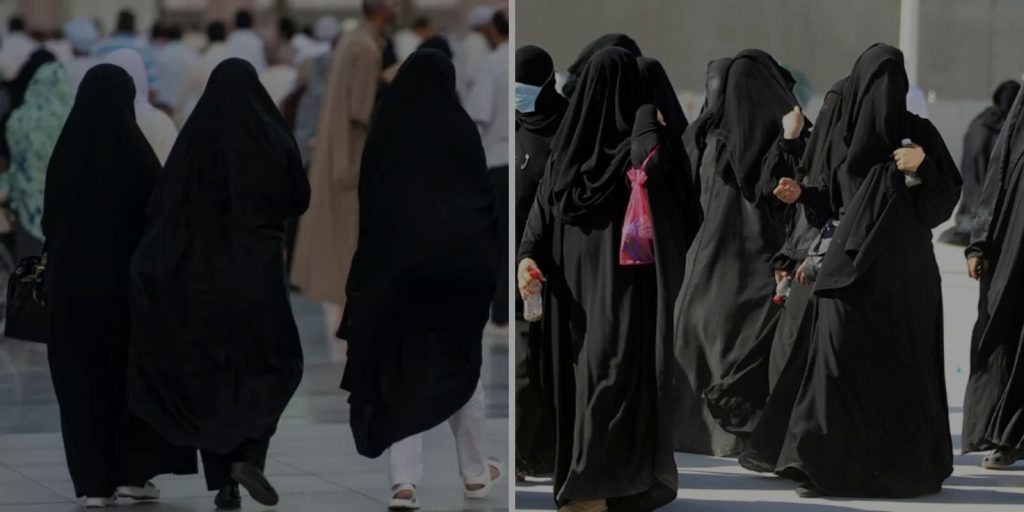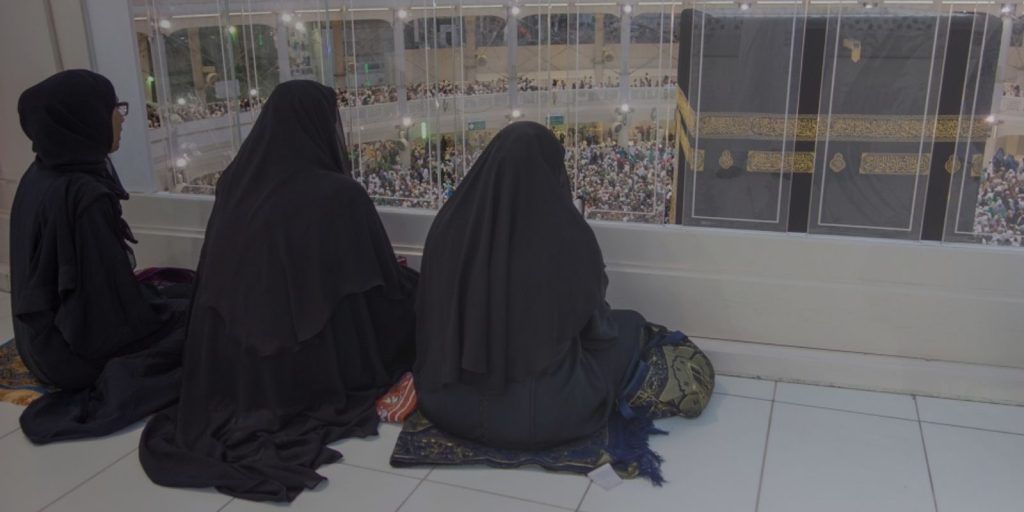Umrah Dress Code for Ladies: Navigating Modesty and Tradition
Saudi Arabia, a land rich in Islamic traditions, stands as a beacon of modesty and reverence for its inhabitants and visitors alike. This devout nation upholds a dress code that echoes the teachings of Islam, emphasizing modesty and respect. When it comes to the revered pilgrimage of Umrah, the attire worn by ladies holds a special significance, aligning with the principles of Islamic modesty while embracing cultural customs.
Table of Contents
Understanding the Essence of Modest Dressing

In Saudi Arabia, the concept of modest dressing transcends fashion; it is a reflection of spiritual devotion and respect for religious values. Women, in particular, don the traditional abaya, a flowing gown that covers the entire body except for the hands and eyes. This form of dress is not only a matter of compliance with Islamic principles but also a symbol of cultural identity.
The Role of Abaya in Umrah
The abaya, a cornerstone of Saudi Arabian attire, finds a unique role during the spiritual journey of Umrah. While women are not obligated to wear the abaya within the confines of their homes, it becomes mandatory when venturing into public spaces. This practice resonates with the broader principles of modesty and humility that are integral to Umrah. While many women embrace the abaya with a sense of choice and joy, it’s essential to note that during Umrah, there is a departure from covering the face.
Abaya as a Symbol of Cultural Identity
In Arab countries, the abaya is not just a garment; it’s a symbol of cultural heritage and shared values. While Islam doesn’t prescribe specific colors for abayas, Saudi Arabia has a preference for black, while men often don white attire. However, these color choices are rooted in local culture and preferences rather than religious mandates.
The Ideal Abaya: Where Modesty Meets Comfort
An abaya, to serve its purpose, should embody modesty while allowing for ease of movement and comfort. The concept of “loose-fitting” is paramount, as narrow abayas are considered incongruent with the principles of modest dressing. The abaya’s design comprises three main components: a body-covering gown, a headscarf, and a veil. This ensemble fulfills the obligations of modesty without compromising grace.
Umrah Dress Code for Females

For female visitors to Saudi Arabia, adhering to the dress code is a respectful gesture toward the country’s traditions and values. While foreign women are not obligated to cover their hair, wearing an abaya remains a requisite when in public spaces. Embracing this dress code is not only a sign of cultural respect but also an acknowledgment of the deep-seated spiritual significance that attire holds in this nation.
Welcoming Harmony
Embracing Cultural Customs, Non-Muslim women, too, find harmony in adhering to the Saudi Arabian dress code. While they are not required to cover their hair, they are encouraged to cover their bodies from shoulders to feet, with their hands remaining uncovered. This simple gesture reflects an appreciation for the local culture and fosters an atmosphere of unity and understanding.
Acquiring the Abaya
A Symbol of Shared Experience, Procuring an abaya in Saudi Arabia is a unique experience in itself. Many Muslims embarking on the journey of Umrah or Hajj choose to purchase abayas from local shops, often bringing back these meaningful garments to share with close female relatives. This gesture not only strengthens familial bonds but also connects women across borders through the embrace of modesty.
In Conclusion
The Umrah dress code for ladies encapsulates the intertwining of religious devotion, cultural identity, and shared experiences. By adorning the abaya during their spiritual journey, women honor the values of modesty and respect, while also embracing the rich cultural tapestry of Saudi Arabia. This dress code serves as a bridge between faith and tradition, uniting pilgrims in a collective pursuit of spiritual fulfillment and understanding.
